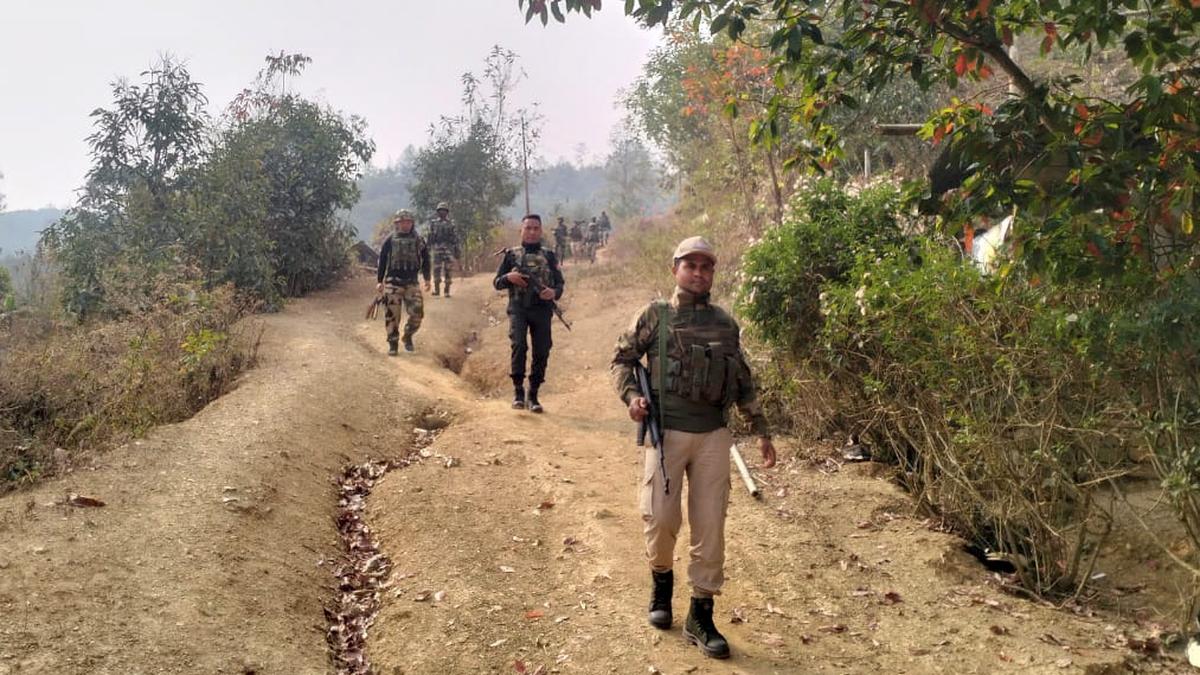Hmar-Zomi Clashes and Peace Efforts

- 20 Mar 2025
In News:
Following inter-community clashes between the Hmar and Zomi tribes in Churachandpur district of Manipur, efforts have been initiated by tribal leaders to restore peace. These communities are constituents of the larger Kuki-Zo ethnic group, which has been in conflict with the non-tribal Meitei community since May 2023.
Key Developments:
- Peace Initiative:Leaders of the Hmar Inpui and Zomi Council, apex bodies of the two communities, issued a joint statement on March 18, 2025, expressing concern over the violence and agreed to:
- Lift the shutdown in Churachandpur.
- Resolve disputes through customary laws.
- Work jointly for peace and normalcy.
- Government Response:
- Restrictions under Section 163 of BNSS (BharatiyaNagarik Suraksha Sanhita) were imposed as a preventive measure.
- President’s Rule was imposed in Manipur on February 13, 2025, and the State Assembly was placed under suspended animation following Chief Minister N. Biren Singh's resignation.
Ethnographic Background
Zomi Tribe:
- Ethnic Affiliation: Tibeto-Burman (Mongoloid race).
- Distribution: Manipur, Mizoram, Nagaland, Assam; also in Myanmar and Bangladesh.
- Language: Belong to the Kuki-Chin (Kukish) group of languages.
- Religion: Predominantly Christian (Baptist, Presbyterian); formerly animistic.
- Features: Short stature, straight black hair, dark brown eyes.
Hmar Tribe:
- Ethnic Affiliation: Part of the Chin-Kuki-Mizo group, Mongoloid stock.
- Distribution: Manipur, Assam, Mizoram, Meghalaya, Tripura.
- Language: Hmar language under Kuki-Chin group (Tibeto-Burman family).
- Traditional Beliefs: Animism; now mostly Christian.
- Social Structure: Clan-based; village led by a chief called “Lal”.
- Occupation: Mainly slash-and-burn (jhum) cultivators.
- Migration History: Folk traditions trace origin to Sinlung, believed to be in China.
